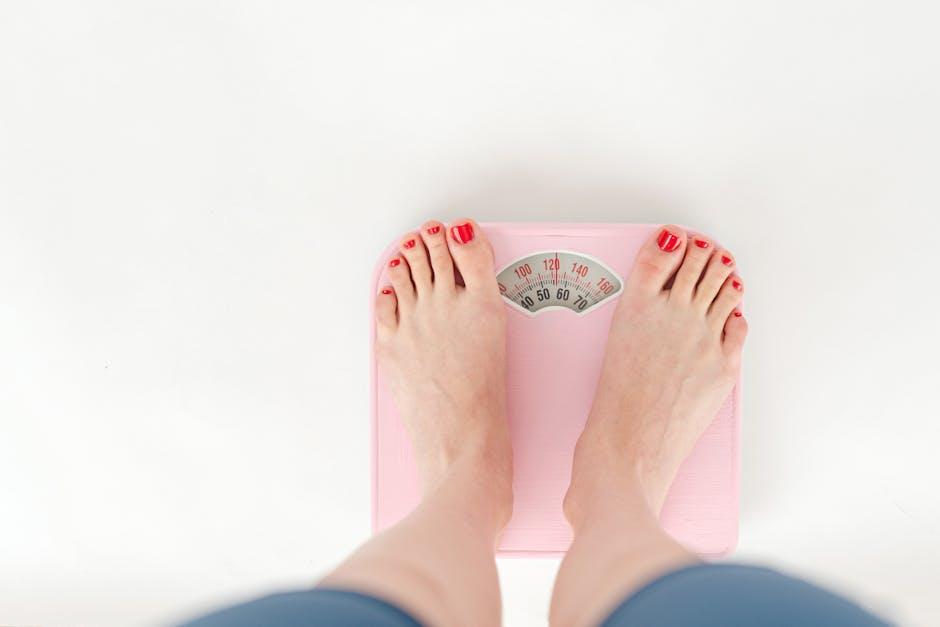In the pursuit of optimal health and fitness, tracking progress is not merely beneficial—it is essential. With the proliferation of weight tracking tools, both digital and traditional, individuals now have the opportunity to gain deeper insights into their fitness journeys than ever before. Whether you’re an athlete aiming to fine-tune performance, someone embarking on a weight loss journey, or simply striving to maintain a healthy lifestyle, incorporating these tools into your fitness plan can provide invaluable feedback and motivation. This article will guide you through the process of effectively integrating weight tracking tools into your regimen, ensuring that you harness their full potential to achieve your fitness goals. By understanding the functionalities, benefits, and strategies for using these tools, you will be equipped to make informed decisions and cultivate a more structured and successful fitness plan.
Selecting the Right Weight Tracking Tools for Your Fitness Goals
Choosing the appropriate weight tracking tools can significantly enhance your fitness journey. The right tools can provide accurate insights, motivate progress, and integrate seamlessly into your routine. When selecting a tool, consider the following essential factors:
- Compatibility: Ensure the tool syncs with your current devices, whether it’s a smartphone, smartwatch, or fitness tracker.
- Functionality: Look for features like body composition analysis, trend tracking, and goal setting. A tool that offers more than just weight measurement can provide a more comprehensive view of your health.
- User Experience: Choose a tool with a user-friendly interface. The ease of data entry and retrieval can impact how consistently you use it.
- Accuracy: Research and read reviews to confirm the tool provides reliable and precise measurements.
Ultimately, the best weight tracking tool is one that aligns with your fitness goals, lifestyle, and preferences. By carefully evaluating these aspects, you can select a tool that not only tracks your weight but also motivates and supports your fitness journey.

Integrating Digital and Manual Tracking Methods for Optimal Results
Incorporating both digital and manual tracking methods into your fitness plan can significantly enhance your weight management efforts. Digital tools offer real-time data, automated calculations, and easy access to historical records. Popular digital options include:
- Fitness Apps: These apps can track your weight, calorie intake, and exercise routines, providing comprehensive analytics to monitor your progress.
- Smart Scales: These devices sync with your smartphone to record your weight and even measure body composition metrics like BMI, muscle mass, and body fat percentage.
- Wearable Devices: Track your daily activity levels, heart rate, and calories burned to gain insights into your overall fitness journey.
On the other hand, manual tracking encourages mindfulness and personal engagement. Consider these traditional methods:
- Journals: Writing down your daily food intake and physical activities can enhance self-awareness and accountability.
- Weekly Weigh-Ins: Use a simple scale to record your weight regularly, providing a straightforward snapshot of your progress.
- Progress Photos: Capture visual evidence of your transformation, offering motivation and a realistic assessment of your achievements.
By blending these approaches, you create a robust framework that not only tracks your metrics but also fosters a deeper connection to your health and fitness objectives.
Leveraging Data Insights to Adjust and Enhance Your Fitness Plan
Integrating weight tracking tools into your fitness regimen can significantly refine and personalize your workout strategy. These tools provide valuable data that can help you make informed decisions about your exercise and nutrition plan. Here are some key ways to harness these insights effectively:
- Set Realistic Goals: Use weight tracking data to establish achievable milestones. Analyze trends over weeks and months to adjust your targets, ensuring they are both challenging and attainable.
- Identify Patterns: Look for patterns in your weight fluctuations that might correlate with dietary habits, workout intensity, or even stress levels. Recognizing these patterns can guide you in making necessary lifestyle adjustments.
- Optimize Nutrition: By observing how your weight changes in response to different foods or meal timing, you can tailor your nutrition plan to better support your fitness objectives.
Regularly reviewing the data collected from weight tracking tools enables a dynamic approach to fitness. This proactive method ensures that your fitness plan evolves alongside your body’s needs, ultimately leading to more sustainable and effective results.

Ensuring Consistency and Accuracy in Weight Monitoring Practices
Incorporating weight tracking tools into your fitness plan requires a commitment to both consistency and accuracy. These two elements are crucial to obtain reliable data that can inform your progress and guide your next steps. Start by selecting a high-quality scale that provides accurate readings. Digital scales are often recommended due to their precision. Remember to place your scale on a flat, hard surface to avoid discrepancies in your readings. Weigh yourself at the same time every day, preferably in the morning before eating or drinking, to maintain consistency. This practice minimizes fluctuations caused by daily activities and food intake.
Besides a reliable scale, consider integrating apps or software that can track your weight over time. These tools often offer features such as graphs and analytics that can help visualize your progress. Ensure your tracking tool syncs with other fitness apps you might be using, allowing for a holistic view of your fitness journey. Additionally, set reminders to input your weight regularly, and use the data to adjust your fitness plan as needed. By establishing a routine and using the right tools, you create a solid foundation for achieving your fitness goals.
